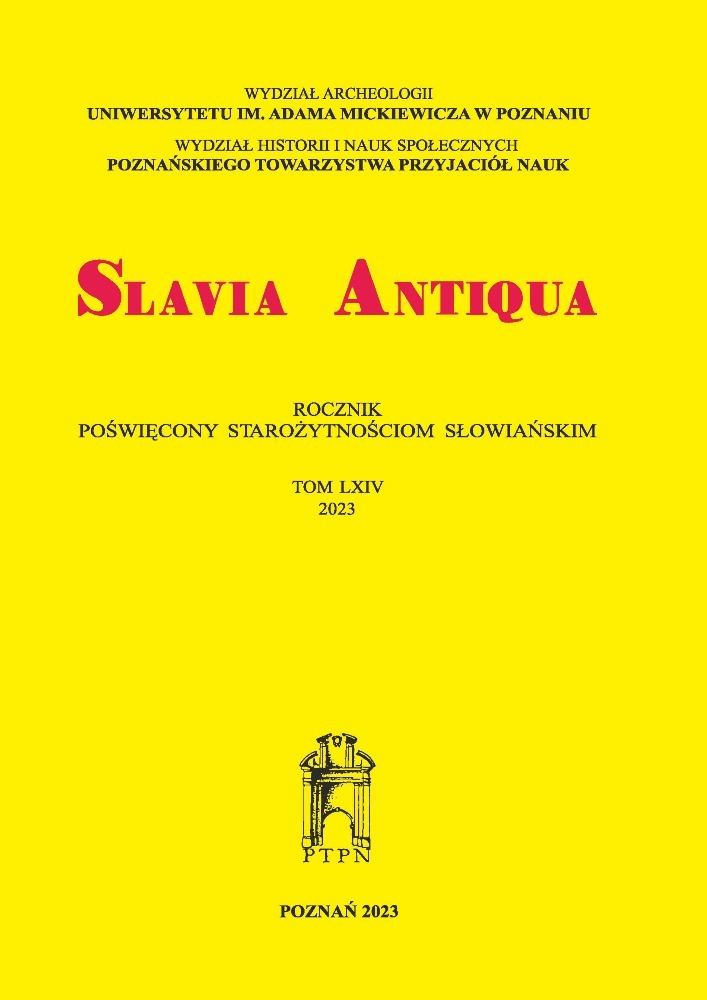MUSZLE – ZAWIESZKI – AMULETY WE WCZESNYM ŚREDNIOWIECZU Z TERENU POLSKI NA PRZYKŁADZIE ZNALEZISK Z KRUSZWICY
SHELLS – PENDANTS – AMULETS FROM POLAND IN THE EARLY MIDDlE aGES BaSED ON THE FINDS FROM KRuSZWIca
Author(s): Aldona Kurzawska, Anna GłódSubject(s): Archaeology, 6th to 12th Centuries
Published by: Uniwersytet Adama Mickiewicza
Keywords: Kruszwica; ornaments; amulets; shells; early Middle Ages;
Summary/Abstract: In this article, the author takes a closer look at the finds of sea shell ornaments in the early Middle Ages, based on artefacts discovered at two sites (Nos. 2 and 4) in Kruszwica. The four pendants in question come from settlement levels dating from the 11th to the 12th centuries. A malacological ana- lysis suggests that the ornaments reached Kruszwica from the Mediterranean area (Acanthocardia tuber- culata and Bolinus brandaris), and probably the Red Sea (Monetaria moneta), and from southern Poland (Turritella sp). These objects had been in use for a long time, as evidenced by the microtraces and damage visible on their surface. During the early medieval period, among the various species of shells that were ‘imports’, money cowrie shell ornaments with the most ‘exotic’ origins were the most common in Europe. It is highly probable that during this period of time, they were used in the exchange/trade and their value as a female symbol object and an amulet. Most likely, the shell pendants reached Kruszwica via trade routes that have been previously documented, alongside other artifacts. These ornaments pro- vide additional evidence of long-distance trade.
Journal: Slavia Antiqua. Rocznik poświęcony starożytnościom słowiańskim
- Issue Year: 64/2023
- Issue No: 1
- Page Range: 221-241
- Page Count: 21
- Language: Polish

